The Ultimate Guide to Kornati Islands National Park
Croatia’s Kornati Islands are home to a wealth of jagged rocky outcrops, paradisiacal islets, tantalising turquoise waters, and nature scenes that looked like they’d been ripped straight out of an adventure book.
And the best part? The eclectic array of what’s on offer here in Kornati’s archipelago is almost deserted, making its mark more potent in your memory bank.
Here’s a comprehensive compilation of everything you need to know about travelling in and around the region. This is the ultimate guide to the Kornati Islands National Park.
Get your explorer goggles on, let’s dive in!
Unlike Croatia’s renowned Plitvice Lakes and Krka National Park, the Kornati Islands are swarming in their very own, unique flavour.
Encompassing over 140 islands and islets, spanning a space of only 35 kilometres, the speckled scenery here is what pins it as a truly diverse destination, and one that’s not to be missed during your travels to Croatia.
Here’s what we cover in this guide:
6 Things to do in Kornati Islands
FAQs
What to See in Kornati Islands
Between the spectacle of small islands composed of amply arid, lunar-like landscapes, it can be quite a challenge to choose what to do in the Kornati Islands. Here’s an essential, extensive guide to the most sublime and serene of sights on offer within the national park.
Kornat Island
Lapping over 24 kilometres in length, Kornat Island is in fact the largest of those making up the archipelago.
Peppered with soaring hilltops and a scope of walking trails, this hits home as a must-see destination for avid adventurers and hikers alike. The views offered along the peaks proffer panoramic scenes and veritable views overlooking the terrain.
Head to the viewpoint known as Vrata Opata, situated in the very south of the island. There are also the remains of the Fort of Tureta, which dates all the way back to the 6th century.
Do keep in mind that Kornat Island is scarce when it comes down to shady spots, so pack yourself some sunscreen, a hat, sunglasses and a water bottle.
From the lengthy, pencil-thin island of Kornat, to the myriad of islets facing the opposite side, there lies a scintillating stretch of water to drop your anchor. With an abundance of bays, this region is naturally protected from the harsh, open sea, making it a stellar spot to swim, sun-bake, and recharge your engines.
In contrast to mainland Croatia’s pine-lined forests, the Kornati Islands’ heaving hills are in fact, typically treeless. Some say it mirrors a Mars-like terrain, with ruins and strange shapes of sorts dotting the depths of the clifftops. You might even spot the occasional sheep here too.
Church of Gospa od Tarca
Located close to the Fort of Tureta is the Church of Our Lady of Tarac. Locally referred to as the Church of Gospa od Tarca, this is a fairly modest, single-nave edifice that was constructed on the ruins of an early Christian basilica. Dating all the way back to the 16th century, it’s known to have served as a refuge for sailors.
To be completely transparent, the church isn’t anything compared to worldly masterpieces such as Barcelona’s Sagrada Familia, but I personally think it is the contrast in the landscape that makes it a site of interest.
Considering the barren bounds of the chain of islands, the church itself is a striking surprise sitting intertwined amongst nature.
Keep a keen eye out for the handful of sparsely small chapels, constructed by indebted sailors who once had been saved by storms and disasters as such, thanks to the natural barrier blocking the wild waves around the islands.
Apart from this anything but a hefty handful, there are next to no hints of human habitation within the realms of this respite. Personally speaking, that’s one of the main things that drew me towards the archipelago.
Unlike the other chains of the Adriatic’s idyllic islands, the Kornati Islands National Park boasts a minimal terrain and a somewhat meditative atmosphere. It’s an utterly distinctive experience that’ll serve you a slice of paradise, or, a plateful.
Mana Island
Along the sides of the island of Mana, you can come face to face with soaring 100-metre cliffs that span over 1.5 kilometres in length.
If your luck’s running high and the sea is not too rough, you’ll even have the opportunity to take a quick dip and discover the impressive abundance of marine life that’s thriving just below the surface.
Purara Island
If you’re seeking an untamed, unquestionably unique side to the archipelago, then definitely don’t miss the Purara in the far south of Kornati.
A 500-metre ‘exclusion zone’ has been declared around this islet, allowing natural life to flourish. Who knows, you might even catch a glimpse at the vivacious colony of dolphins that inhabit these very straits.
The Crowns
Revel in the relishing, colossal-sized cliffs known as the ‘Crowns’.
As one of the major natural phenomena of the national park, this is in fact something that cannot be spotted anywhere else within the Adriatic Sea.
The Kornati Islands harbours an extensive geological history, and this variation of vertical cliffs is proof of just that.
Erosion processes fired up by natural elements such as wild winds and strong ocean currents form the cliffs and protect the idyllic islands from the harsh, open sea.
Kornati’s The Crowns is threaded with deeply cut coves, shallow points and stone quarries to get your explorer side elated.
The steepest clifftops are to be found on the islands of Klobučar, Mana and Rašip Veli.
Levrnaka Island & Lojena Beach
Ardent advocates for the most blissful of beaches, I have not forgotten about you.
Otok Levrnaka, otherwise known as Levrnaka Island, is teeming with the top spots within the Kornati Islands.
This side of the national park is home to the biggest attraction here, Lojena Beach.
The Lojena beachfront is filled with white stones and petite pebbles, but as you enter the water, you’ll find finite white sand.
The water colour is attributed to none other than the Caribbean, with striking turquoise blues painting the scene.
In order to arrive at this truly sublime site, you’ll need to trek on over to the opposite side of the island (from the boat port).
You can also enjoy all-encompassing views of Levrnaka Island by opting for a short hike up a steady 110-metre incline.
FAQS
Are the Kornati Islands worth it?
With over 150 islands and reefs, the Kornati archipelago is well worth the visit. Dowsed with diversity, wildlife and untouched natural splendour, the Kornati Islands are seriously underrated.
Can you stay in the Kornati Islands?
There are limited accommodation options in the Kornati Islands. It’s more common for visitors to sleep on yachts than it is to sleep aground. It’s not possible to book accommodation on the Kornati Islands, given the fact that the national park does not contain any permanent residents. There are, however, a handful of inhabitants from Murter Island who travel to tend to the vineyards, orchards, and olive groves. When the agricultural season is booming, they do in fact stay in their cottages on the islands.
How do I get to Kornati Islands National Park?
Arriving in the Kornati Islands is only possible by boat. Boats depart from both Zadar and Murter. You can opt for a group tour, private tour or rent a boat or yacht. You can get to the Kornati Islands by your own boat, a transport service by one of the local boatmen, or, via an organised tour. Departures take place from the small towns of Murter. You can reach Murter via bus, and there are multiple connections from other Croatian hot spots such as Zagreb, Šibenik, and Biograd na Moru.
How to get to Kornati from Split?
The most efficient way to get to Kornati from Split is by car. If you can’t drive or don’t have a vehicle, hop on the bus. The journey lasts around 2 hours and 30 minutes and costs around €7 to €10.
How do you get from Zadar to Kornati Islands National Park?
There is no direct line between Zadar and the Kornati Islands. Alternatively, you can catch a bus to Biograd na Moru or the #9406 Ferry to Sali, and then you can reach the national park.
Otherwise, you could consider purchasing a tour boat trip from Zadar, and then you won’t have to worry about transport.
Where are the Kornati islands?
The alluring archipelago is to be found along the Dalmatian coast of Croatia. The Kornati Islands National Park is specifically situated in the northern region of Dalmatia, towards the south of Zadar, and the west side of Šibenik.
Despite the allure of Kornati’s inner islets, you’ll also get a taste of the outer side of the ample archipelago.
And the captivating contrast between each of the replete realms makes this an unmistakable pinnacle point along Croatia’s Dalmatian coast.
From the exposed rugged coast and sheer clifftops to the subtle sounds of crashing waves and wildlife chirping, this is an all-encompassing sensory experience, if you pay close attention.
If you follow the tips and information provided in this guide, I can ensure you that your time exploring the depths of the sapphire-blue sea and surreal scenes in the Kornati archipelago will be truly unforgettable.
The Kornati Islands is a once-in-a-lifetime destination, so be sure to save this travel guide so you don’t miss a thing!
For more information, check out this guide on How to Plan a Trip to Croatia.
If you have any questions or would like a personalised itinerary, please feel free to leave me a comment down below. This Ultimate Guide to the Kornati Islands National Park will not let you down!

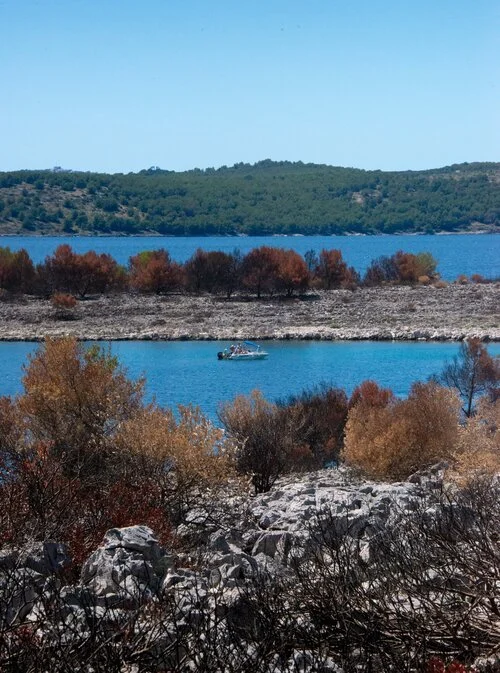
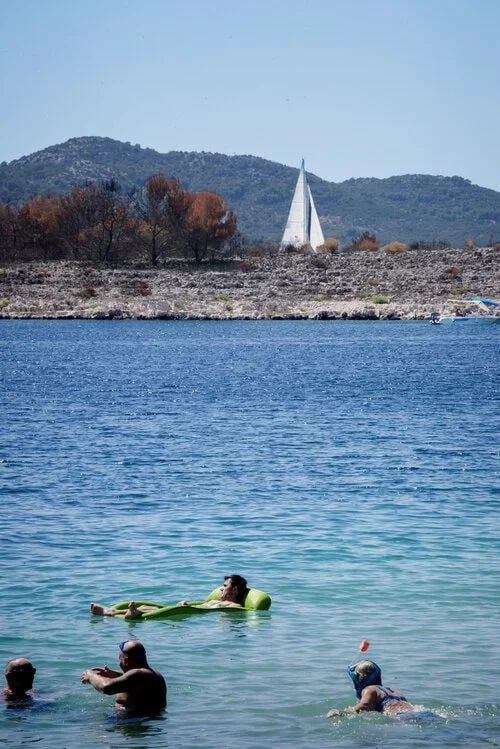
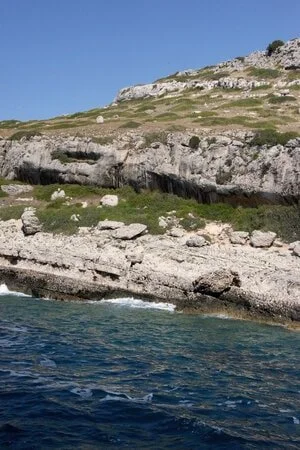
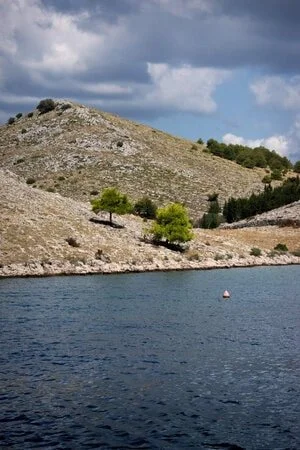
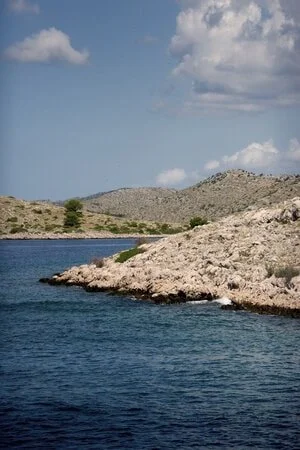
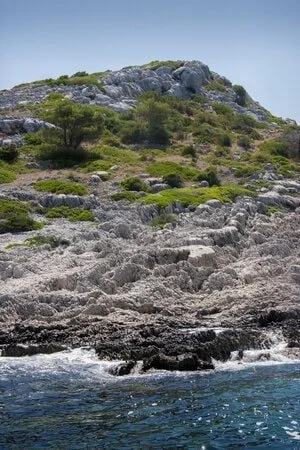

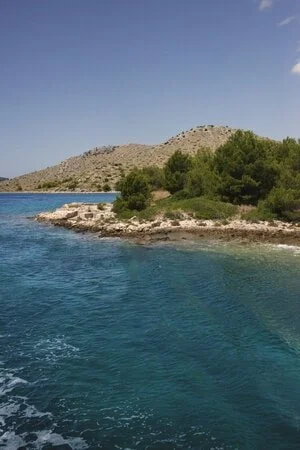
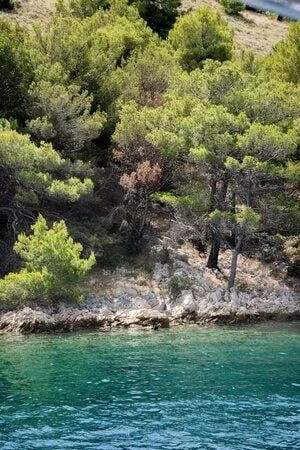
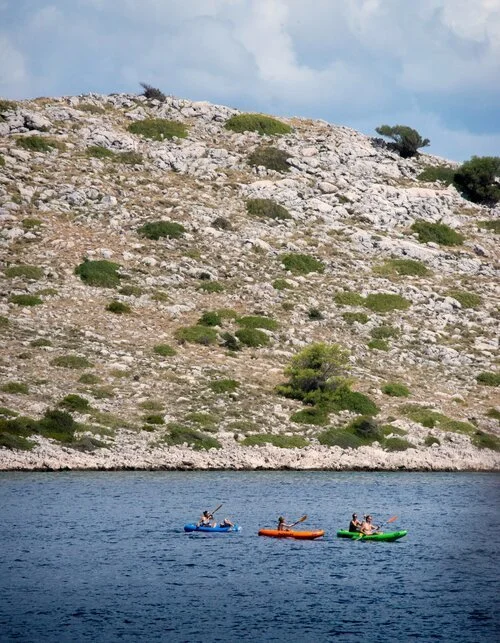
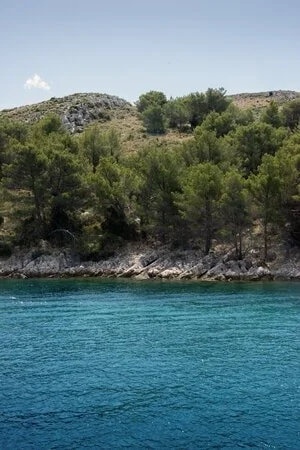

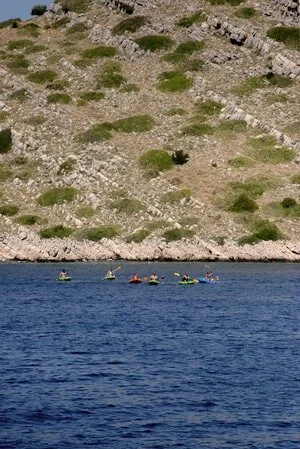
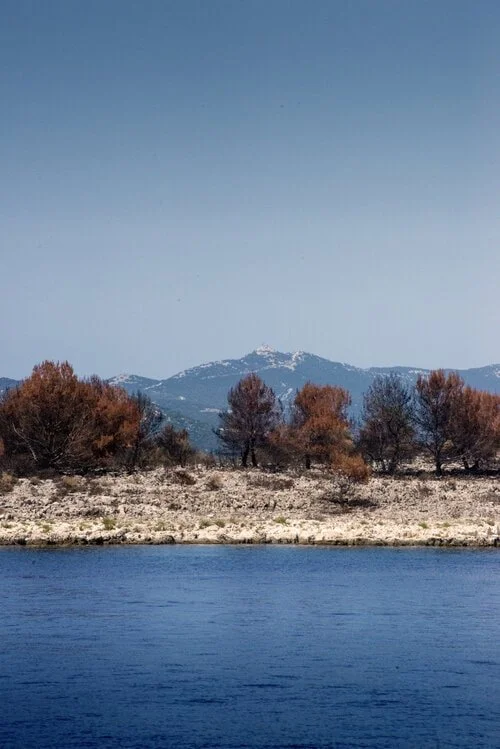
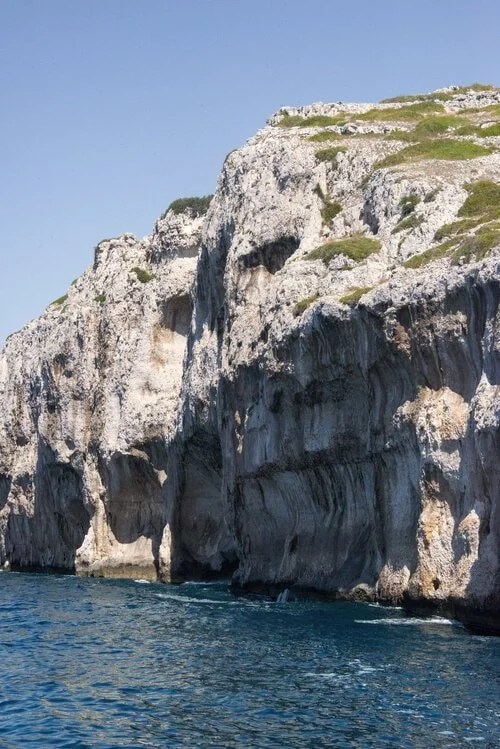
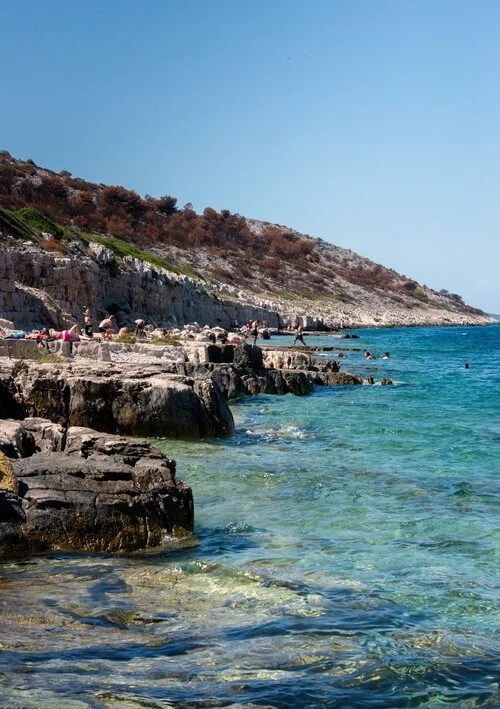

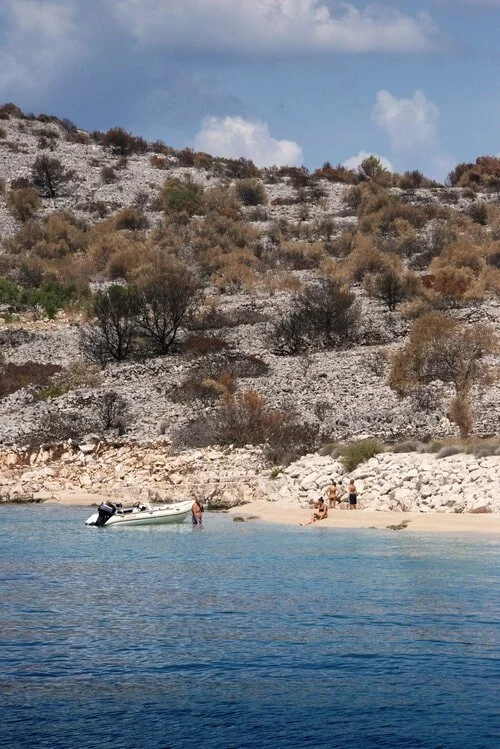
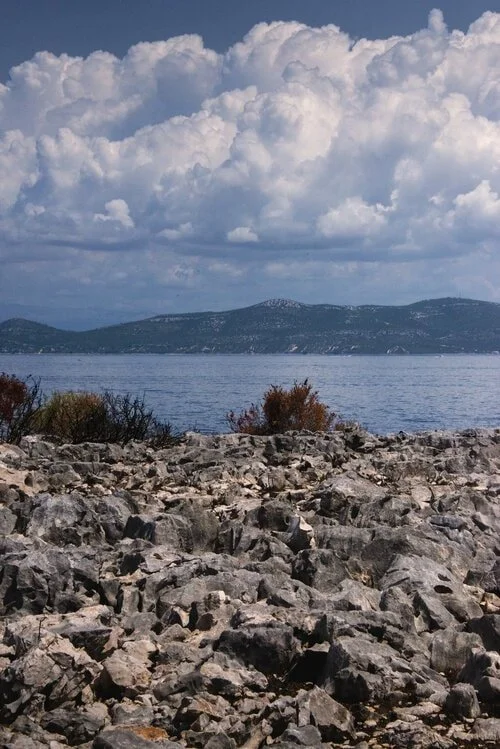
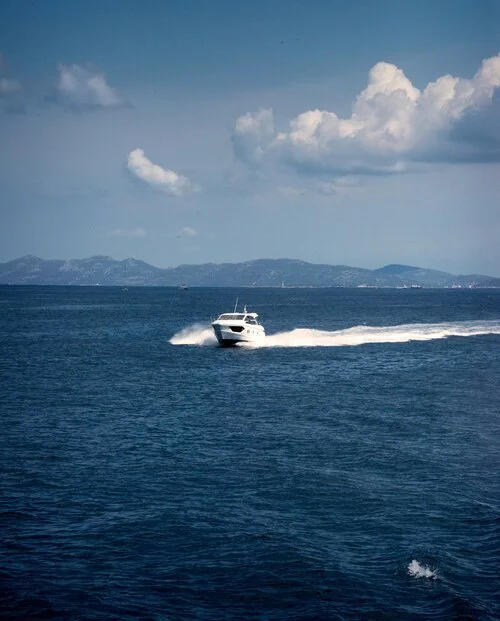
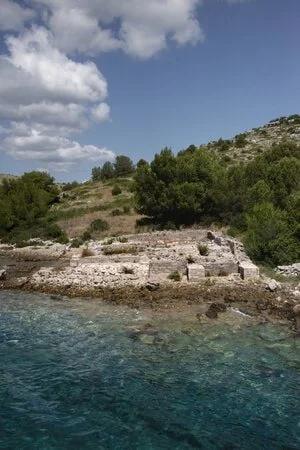
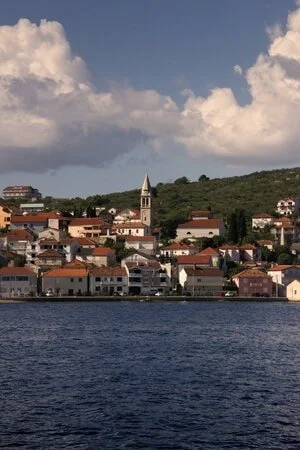
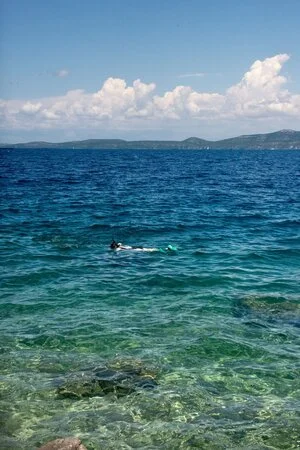
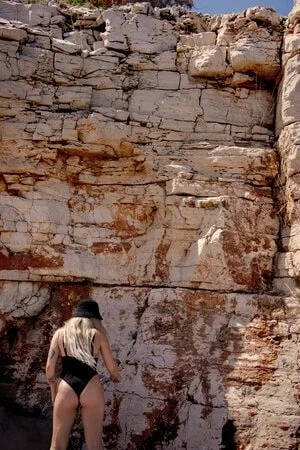

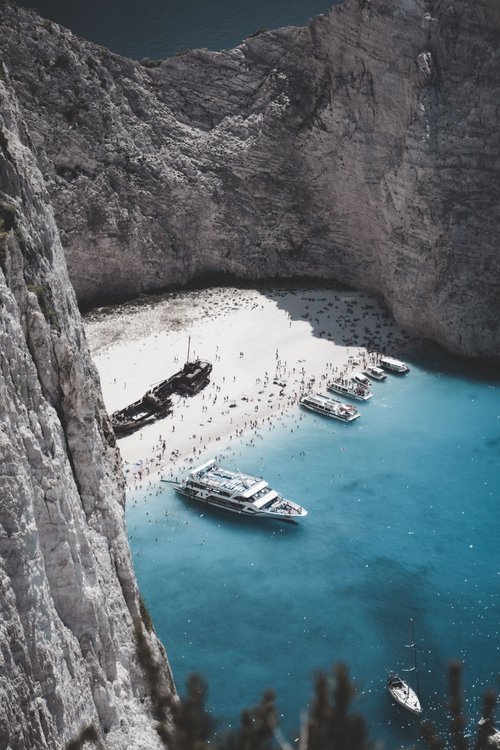
A Greek getaway promises plenty of fun, food and fascinating history. This Crete itinerary for 5 days takes you through all the highlights, from Heraklion to Chania.